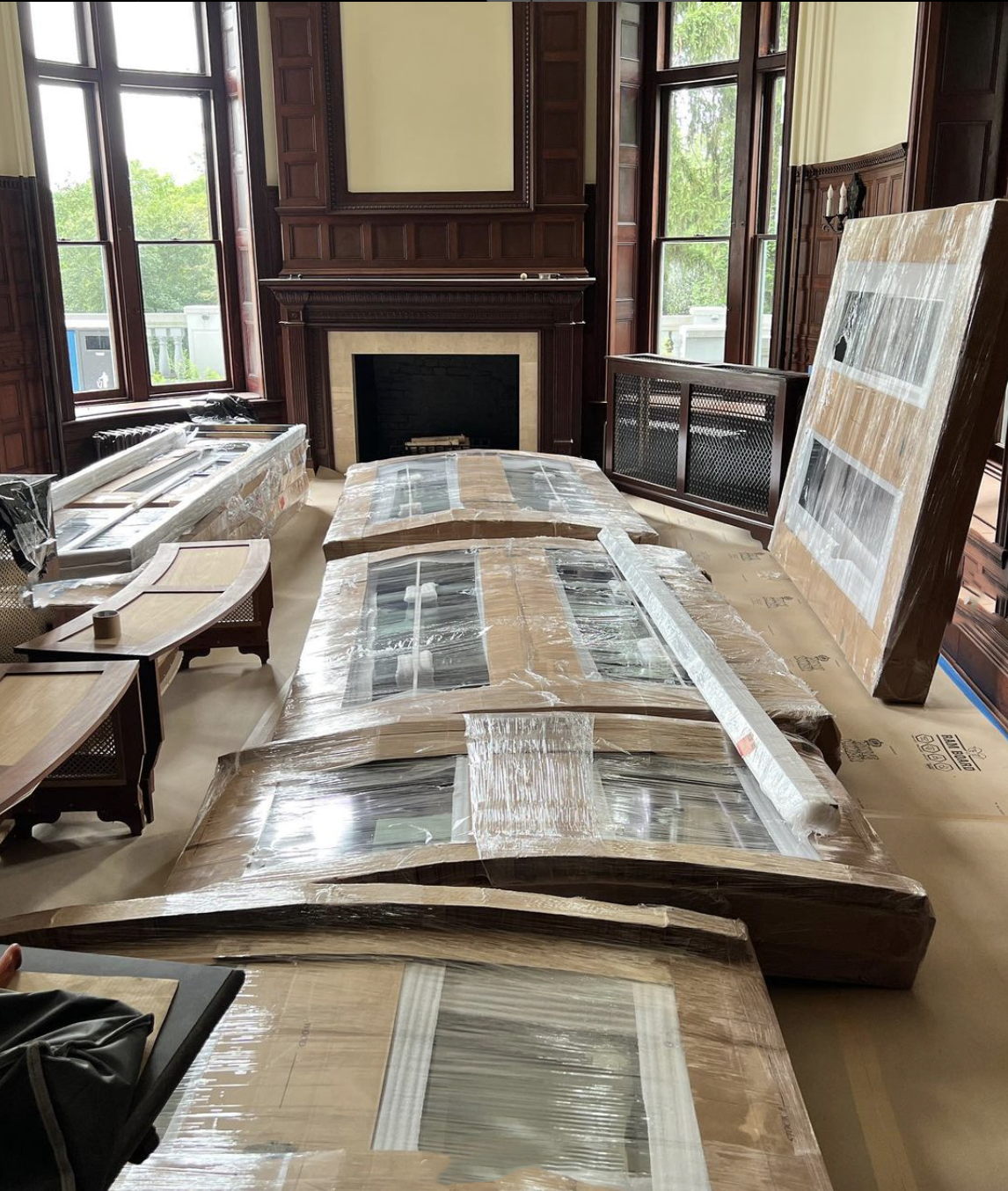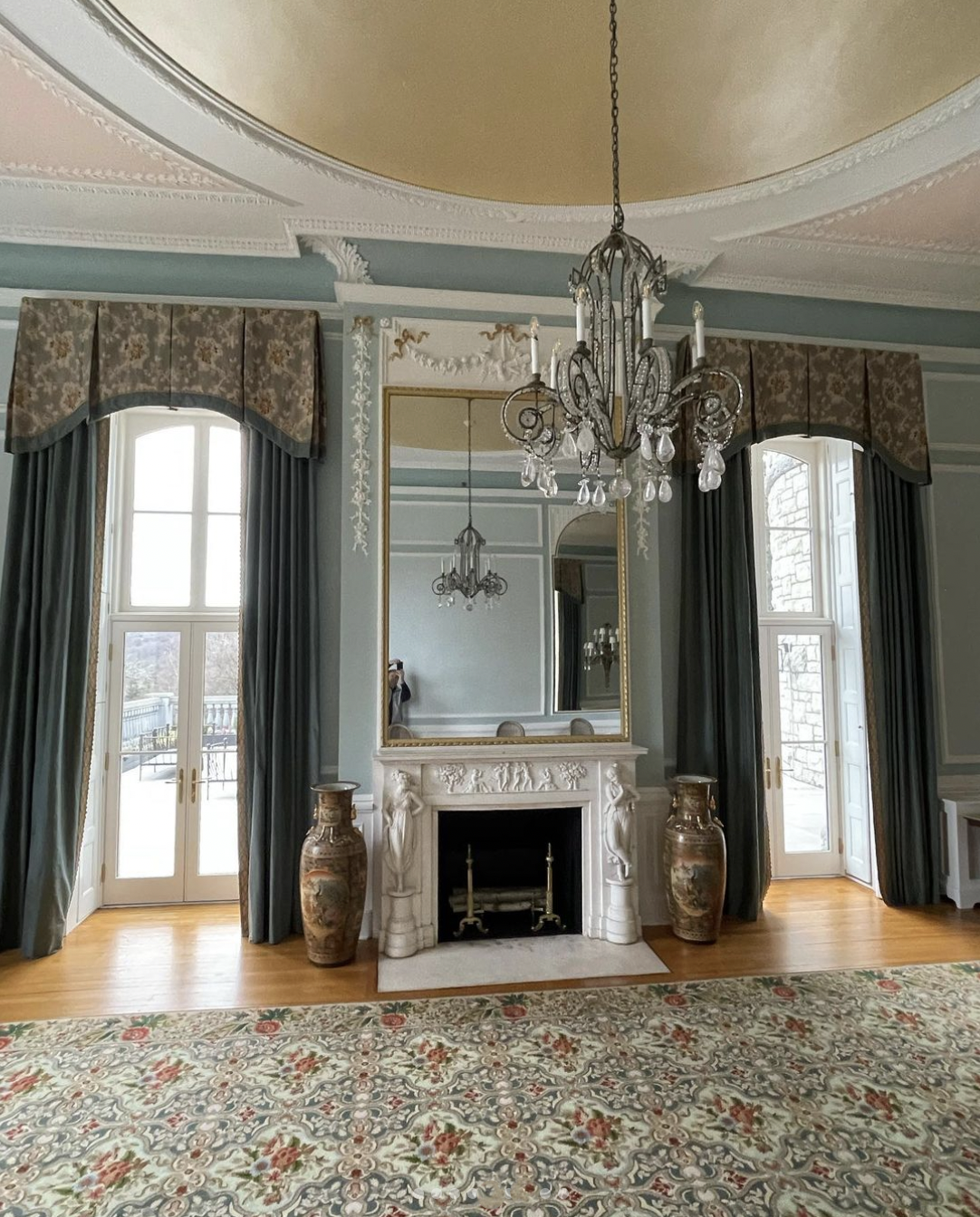New York City is a treasure trove of architectural marvels and historical landmarks, each with a unique story to tell. Nestled within the rich tapestry of the city's history are its historical buildings, many of which boast intricate interior designs that include iconic interior doors. These doors not only serve as functional elements but also as architectural statements that reflect the era and style in which they were crafted.
A Glimpse into the Past
New York City's historical buildings, dating back to various periods, often feature interior doors that are a blend of artistry and functionality. From the brownstones of the 19th century to the Beaux-Arts buildings of the early 20th century, each era brought forth its own unique door styles and designs.
Brownstone Era (1800s)
During the 19th century, brownstones flourished in New York City, showcasing impressive architectural elements, including intricate wooden interior doors. These doors often featured ornate carvings and panels, reflecting the opulence of the era.
Beaux-Arts Period (Late 19th to Early 20th Century)
The Beaux-Arts architectural style, characterized by grandiosity and classical elements, influenced interior door designs in buildings like the New York Public Library and the Grand Central Terminal. Doors during this period were often adorned with decorative motifs and elaborate moldings, contributing to the overall elegance of the buildings.
The Craftsmanship of Interior Doors
The craftsmanship involved in creating interior doors for historical buildings was nothing short of exceptional. Skilled artisans meticulously handcrafted each door, paying close attention to details such as wood selection, carving, molding, and finishing. These doors were often made from high-quality hardwoods like oak, mahogany, or walnut to ensure durability and a luxurious finish.
Preserving Heritage through Restoration
Preserving the historical integrity of interior doors is a significant endeavor for conservationists and historical building enthusiasts alike. Restoration specialists work tirelessly to maintain and restore these doors, ensuring they retain their original charm while adapting to modern-day requirements.
Delbarton School
Delbarton School is an example of meticulous preservation and enhancement of Interior Doors in NYC. Proper window treatments, decorations, and architectural features contribute to the grandeur of this historical building. The ongoing renovation and restoration project at Old Main involve a careful study of the original elements, utilizing a combination of newly fabricated and restored windows, doors, shutters, interior casing, and hardware. Notably, the window replacement showcases historical reproduction and restoration, seamlessly blending the old and the new. Solid Mahogany and Oak Entry Doors have been installed, preserving 90% of the original interiors. Additionally, beautiful Cottage style French Doors with Arched Transoms have been added, allowing for operability and enhancing the overall aesthetic. The dedication to preserving the architectural heritage of Delbarton School's Old Main is a source of pride and an essential step in honoring the past while embracing the future.
A Balancing Act: Preservation and Modern Functionality
Preserving historical integrity while meeting modern functionality needs is a delicate balance. Often, historical buildings undergo adaptive reuse, where interior doors are retained or replicated to honor the building's past while accommodating contemporary design preferences and building codes.
Interior doors in New York City's historical buildings are not merely functional elements but also vital components of the city's rich architectural heritage. Preserving these doors ensures that future generations can appreciate the craftsmanship and artistry of the past while immersing themselves in the history and stories that these doors embody. As we continue to celebrate and safeguard our cultural legacy, interior doors stand as silent witnesses to the passage of time and the evolving tapestry of New York City's history.




